A revolutionary new class of amphibious vehicle will transform the search for lost vessels on the ocean floor, says marine archaeologist Dr Robert Ballard.
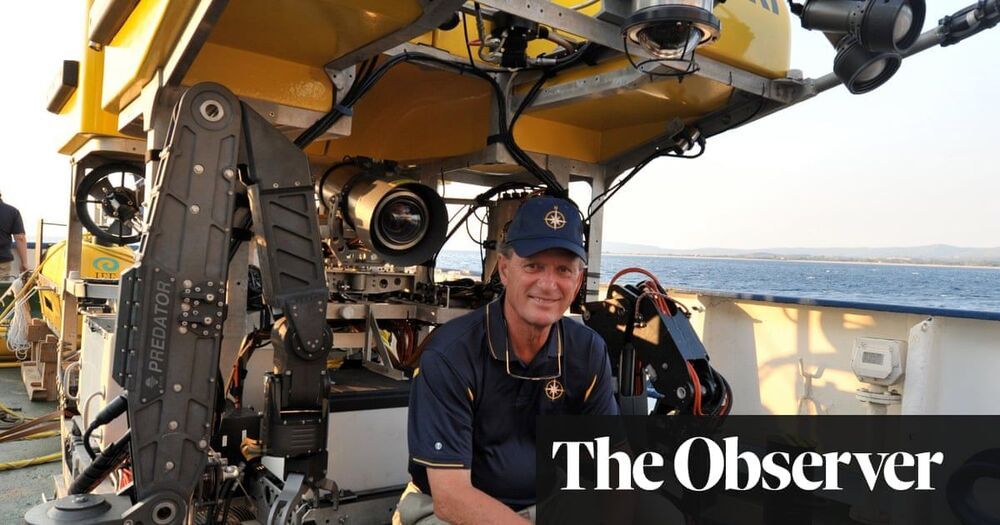

The J-2000 VTOL flying vehicle doesn’t use any blades, instead it uses a quiet “fluidic propulsion system,” the future of flying vehicles.
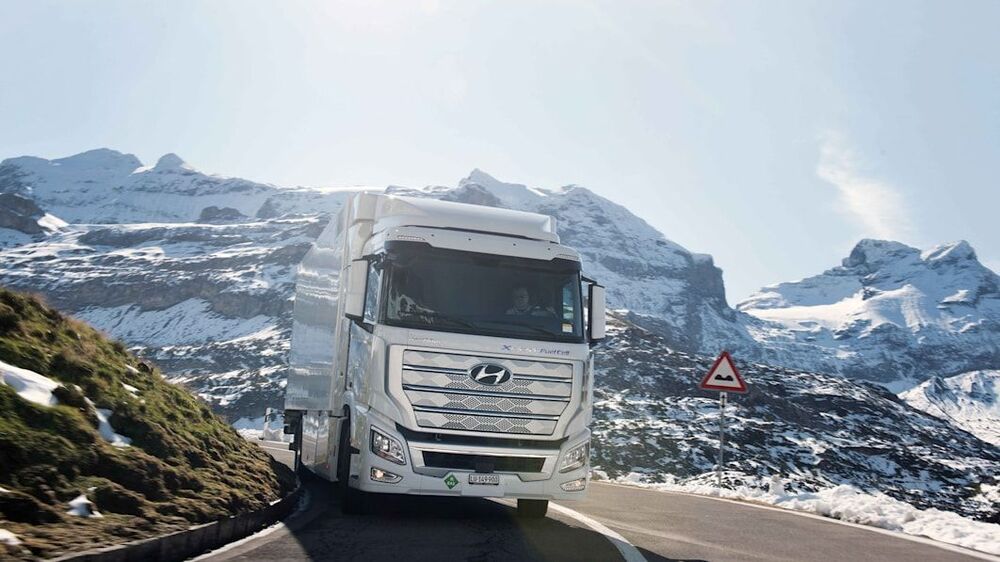
😀
Hyundai’s fleet of hydrogen-powered truck prototypes reached a significant milestone in Europe in June 2021. With a successful testing phase comes a tremendous amount of data, and the information gathered during 11 months of real-world evaluation across the pond will ultimately help the firm design a truck sized for American roads.
Real-world users have collectively put 1 million kilometers (about 621400 miles) on the 46 trucks that Hyundai built for testing purposes, meaning each rig has covered an average of around 13500 miles. They’re in the hands of 25 different companies operating in Switzerland, including some in the logistics, distribution, and supermarket sectors. So far, users have been pleased: They praised the Xcient truck’s long driving range and short refueling times, attributes that a comparable electric model wouldn’t be able to offer. Specific figures weren’t released.
Hyundai will continue manufacturing the Xcient for early adopters in Switzerland. It plans to build 140 units of the truck for the Swiss market in 2021, and it hopes that number will grow to 1600 by 2025. Starting the project in Switzerland was a decision that carried relatively few risks. It’s a country that’s roughly a tenth the size of California, and its road network is relatively well developed. Next, the South Korean company will branch out into other European countries. It hasn’t decided where yet, but it singled out Germany and Holland as likely candidates.

Sorry, we’re having trouble playing this video.
Learn More.
Transportation Insider posted an episode of Cars Insider.
This computer technician built a life-size remote-controlled Corvette.
Watch more from Discover:.
What you want to know about cars. A section of Insider.
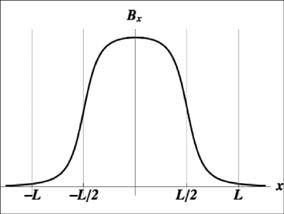
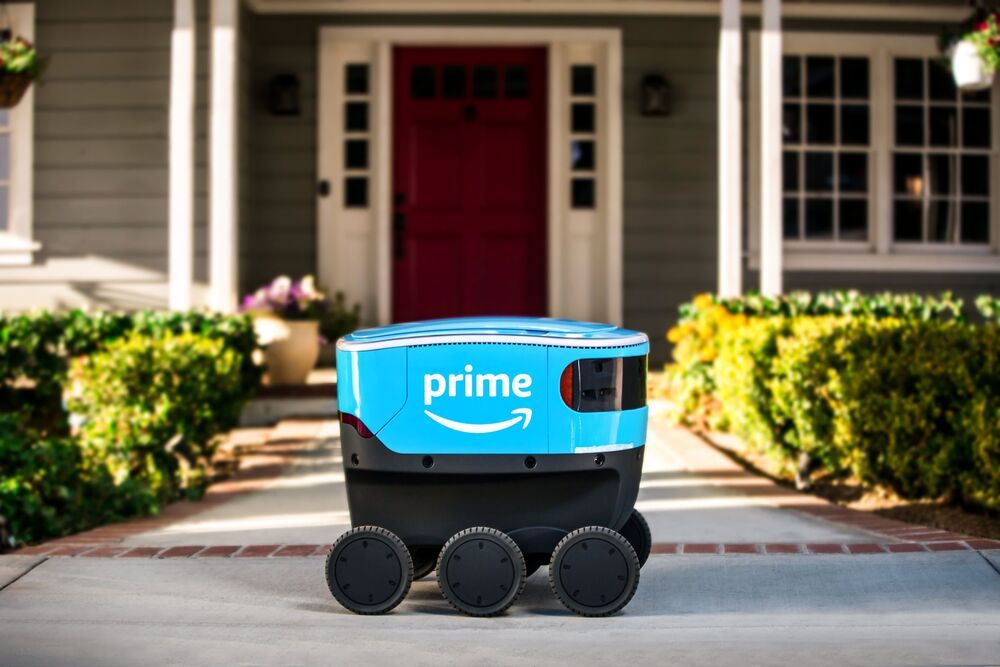
Amazon announced Thursday that it plans to develop new technology for its autonomous delivery vehicles in Helsinki, Finland.
The Seattle-headquartered tech giant said in a blog post that it is setting up a new “Development Center” to support Amazon Scout, which is a fully electric autonomous delivery robot that is being tested in four U.S. locations.
Two dozen engineers will be based at the Amazon Scout Development Center in Helsinki initially, the company said, adding that they will be focused on research and development.
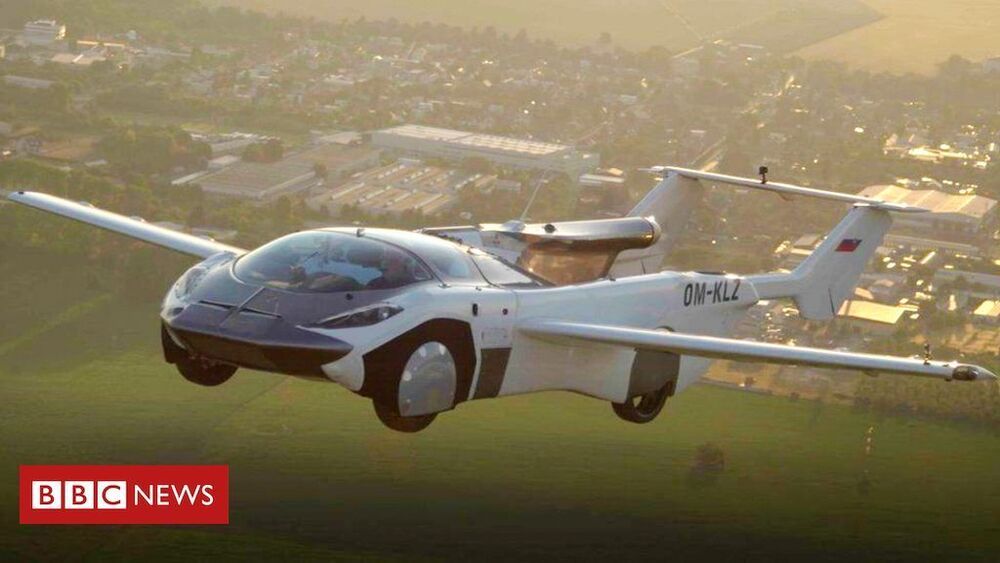
It costs $199.99 and includes a monitor and tripod mount.
Dell has launched a high-end UltraSharp webcam that costs $199.99 and is available now worldwide. Its cylindrical design is reminiscent of Apple’s old but iconic iSight external webcam, but its features are aimed to compete with Logitech’s Brio and other modern 4K-ready webcams. In addition, it aims to serve as a more affordable and easier-to-set up alternative to mounting a DSLR camera behind your monitor.
The UltraSharp is a USB-C webcam that houses a Sony STARVIS CMOS 8.3-megapixel sensor. It’s capable of recording or streaming in 4K at 30 or 24 frames per second and in 1080p or 720p at 24, 30, or 60 frames per second. You can tweak the field of view (FOV) between 65 degrees for a close crop, 78 degrees, or 90 degrees for the widest crop available. The webcam has a bevy of auto-light correction features that aim to make your picture look good regardless of your lighting. It supports up to 5x digital zoom and has autofocus. Dell claims the UltraSharp offers the best image quality in its class.
This webcam can work without drivers on Windows 10 or macOS computers, but many of its features are accessible only in Dell’s Peripheral Manager software. One of the most appealing features that the software unlocks is the AI auto-framing mode that lets it follow your movements to keep you centered in the frame. The webcam doesn’t actually move, but the video feed appeared to pan and deliver smooth, seamless motion tracking during a live demo shown to The Verge. (The GIF below is an accurate portrayal.) A similar feature has appeared recently in Amazon’s new Echo Show smart displays and the latest iPad Pro, and it’s a perk that currently sets Dell’s webcam apart from the rest.
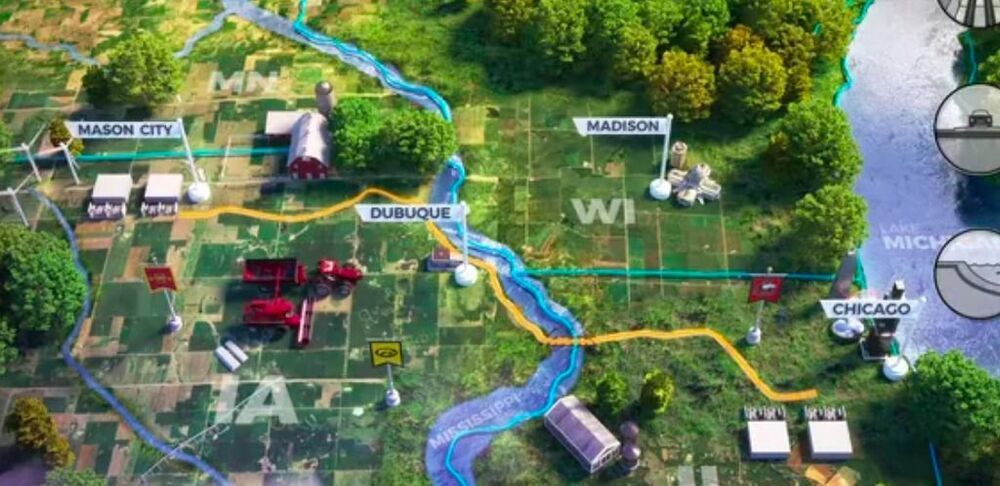
The US power grid needs all of support it can get. Sad that some would stand in the way of progress.
There is no love lost between the notorious Koch brothers and the nation’s railroad industry, and the relationship is about to get a lot unlovelier. A massive new, first-of-its-kind renewable energy transmission line is taking shape in the Midwest, which will cut into the Koch family’s fossil energy business. It has a good chance of succeeding where others have stalled, because it will bury the cables under existing rights-of-way using railroad rights-of-way and avoid stirring up the kind of opposition faced by conventional above-ground lines.
The Koch brothers and their family-owned company, Koch Industries, have earned a reputation for attempting to throttle the nation’s renewable energy sector. That makes sense, considering that the diversified, multinational firm owns thousands of miles of oil, gas, and chemical pipelines criss-crossing the US (and sometimes breaking down) in addition to other major operations that depend on rail and highway infrastructure.
Koch Industries owns fleets of rail cars, but one thing it doesn’t have is its own railroad right-of-way. That’s a bit ironic, considering that railroads provided the initial kickstart for the family business back in the 1920s, but that is where trouble has been brewing today.
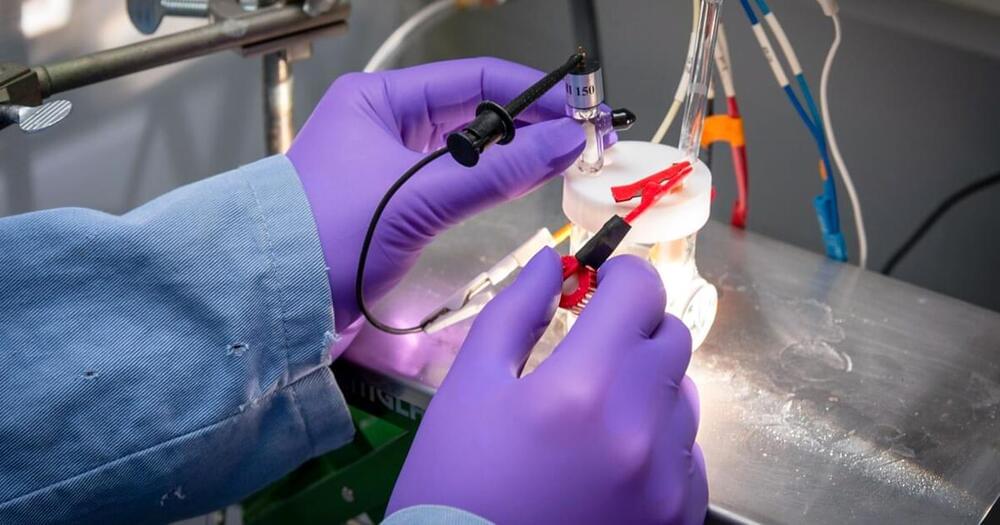
Now, researchers are homing in on an artificial photosynthesis device that could let us do the same trick, turning sunlight and water into clean-burning hydrogen fuel for our cars, homes, and more.
Solar cells already let us convert sunlight into electricity. Artificial photosynthesis devices, however, use sunlight to turn water or carbon dioxide into liquid fuels, such as hydrogen or ethanol.
These can be stored more easily than electricity and used in different ways, allowing them to substitute for fossil fuels like oil and gas.